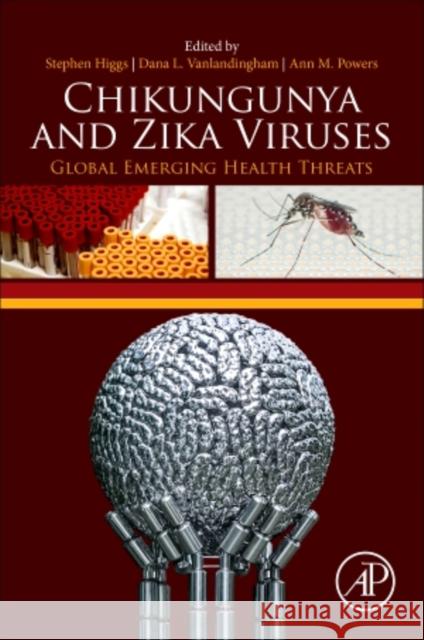Chikungunya and Zika Viruses: Global Emerging Health Threats » książka
topmenu
Chikungunya and Zika Viruses: Global Emerging Health Threats
ISBN-13: 9780128118658 / Angielski / Miękka / 2018 / 398 str.
Kategorie:
Kategorie BISAC:
Wydawca:
Academic Press
Język:
Angielski
ISBN-13:
9780128118658
Rok wydania:
2018
Ilość stron:
398
Waga:
0.75 kg
Wymiary:
22.61 x 15.24 x 2.03
Oprawa:
Miękka
Wolumenów:
01
Dodatkowe informacje:
Bibliografia
Wydanie ilustrowane
Wydanie ilustrowane











